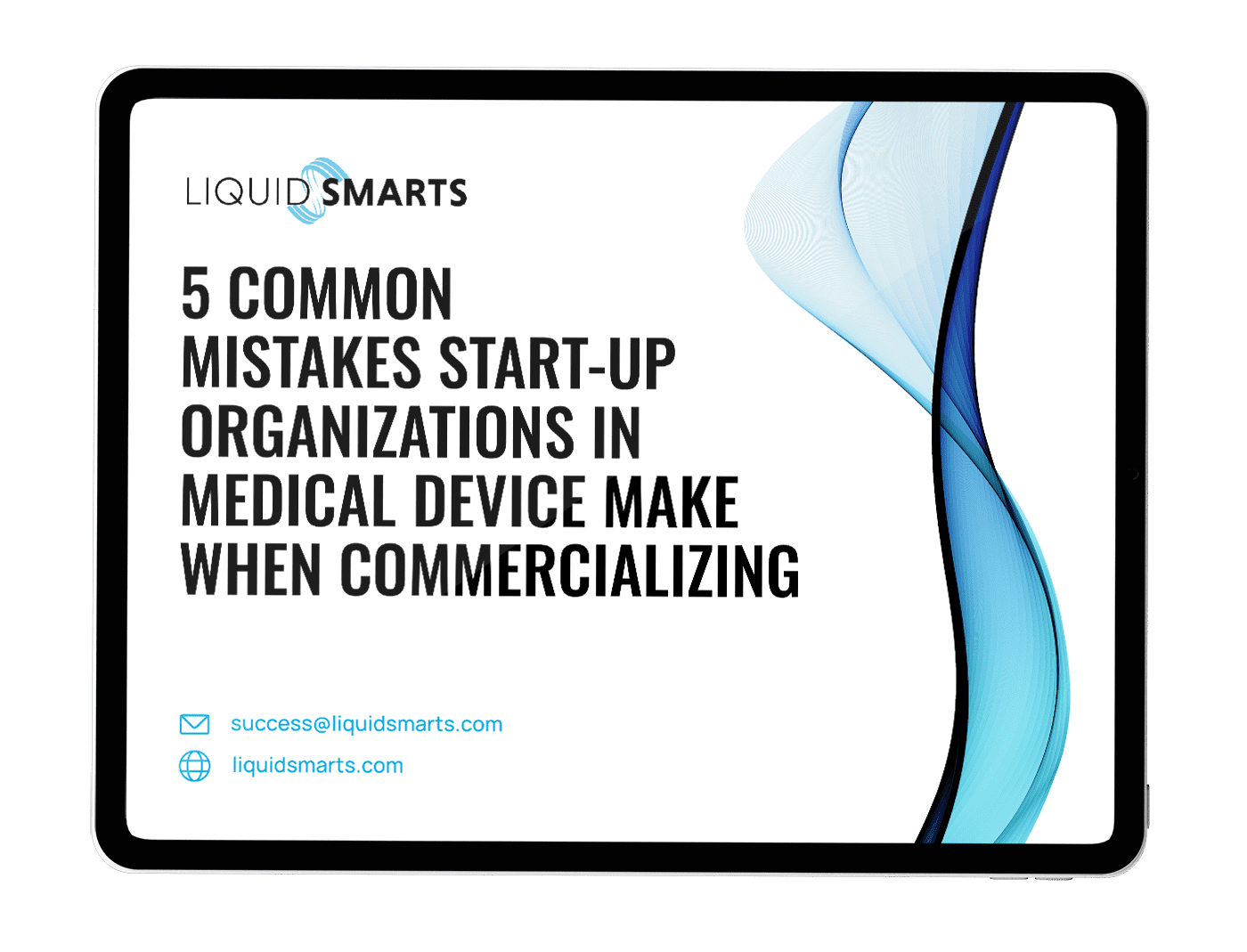The Triple-Helix model of innovation is a conceptual framework that describes the interactions between academia, industry, and government in fostering economic and social development. This model, first theorized by Henry Etzkowitz and Loet Leydesdorff in the 1990s, has been widely adopted and applied by policymakers to transform various sectors.
Understanding the Triple-Helix Model
The Triple-Helix model is based on the interactions between three main components: academia, industry, and government. Each component plays a distinct role in the innovation process, with universities focusing on basic research, industries producing commercial goods, and governments regulating markets. As these interactions increase, each component evolves and adopts characteristics of the other institutions, giving rise to hybrid organizations.
The Role of Universities and Industry
In the Triple-Helix model, universities initially provide education and engage in basic research. Their interactions with industry revolve around these two elements. Universities are expected to provide the research that industry can build upon to develop commercial goods. This linear model of innovation highlights the importance of knowledge transfer from academia to industry.
The Role of Government
Government plays a crucial role in the Triple-Helix model by regulating markets and providing funding for research and development (R&D). In the United States, the federal government controls most public R&D funds, although there are some exceptions at the state and local levels. Funding programs like the Small Business Innovation Research (SBIR) and Small Business Technology Transfer (STTR) have remained stable, supporting numerous startups and driving innovation.
Evolution of the Triple-Helix Agents
Over time, the agents involved in the Triple-Helix model have experienced changes in their roles and responsibilities. Let’s explore these changes and how they have influenced business development.
Public Administration
In the United States, public administration consists of three levels: federal, state, and local. Each level plays a different role in the Triple-Helix model. The federal government controls the majority of public R&D funds, although there have been declines in funding since 2008. Notable exceptions include programs like the Department of Energy and the National Science Foundation, which have seen significant gains in funding for areas such as renewable energy.
The Role of Funding Programs
Funding programs like SBIR, STTR, and the NSF’s i-corps initiative have been instrumental in fostering innovation and commercialization. SBIR and STTR programs have remained stable, providing funding for startups and stimulating patent issuance, public company closures, and venture capital investments. The NSF’s i-corps initiative, launched in 2013, focuses on increasing the impact of NSF-funded research by encouraging academia-industry partnerships and helping early-stage teams develop scalable business models.
The i-corps initiative has been particularly successful in the Bay Area, where teams participate in the Lean LaunchPad program to define scalable business models through the customer discovery process. State governments have also contributed to entrepreneurship ecosystems through programs like the iHub program in California. However, some programs have faced challenges due to a lack of resources, hindering their ability to achieve their original objectives.
Comparative Lens: Features of Contemporary Society Related to Innovation
To understand the Triple-Helix model and its application to innovation ecosystems, it is important to consider the nature of contemporary society. Concepts such as knowledge-based society, globalization, and innovation ecosystems capture the fundamental changes that have occurred since the beginning of the twenty-first century.
The knowledge-based society 2.0 emphasizes the importance of knowledge and information in driving economic and social development. Globalization 3.0, as described by Thomas L. Friedman, highlights the interconnectedness of the world and the rapid exchange of ideas and information. Innovation ecosystems, on the other hand, focus on the ecological and sustainable aspects of innovation systems, fostering sustainable innovation that improves ecological, economic, and social performance.
Mapping the Role of Triple-Helix Agents in Business Development
To understand the role of the different agents in the Triple-Helix model at each stage of business development, it is helpful to consider the lifecycle of new venture creation. This mapping allows us to identify changes in the roles of academia, industry, and government compared to 2008.
Stage 1: Ideation and Conceptualization
In the initial stage of business development, academia plays a crucial role in generating ideas and conducting research. Universities provide the foundation for innovation by nurturing students and researchers and encouraging the exploration of new concepts and technologies. Industry, on the other hand, may collaborate with academia to identify potential commercial applications for these ideas.
Stage 2: Product Development and Prototyping
As the business idea progresses to the product development stage, industry takes the lead in turning concepts into tangible products or services. Industry expertise and resources are critical in this stage, as they have the necessary infrastructure and knowledge to develop prototypes and refine product designs. Universities may continue to support industry through collaborative research projects and technology transfer programs.
Stage 3: Market Entry and Scaling
Once the product is developed, industry takes the lead in bringing it to market and scaling operations. Government regulations play a crucial role in ensuring fair competition and market access. Government agencies may provide funding, incentives, and support programs to facilitate market entry and growth. Universities may also contribute by offering entrepreneurship education and training programs to support new ventures.
Stage 4: Growth and Expansion
During the growth and expansion phase, industry continues to drive innovation and market growth. Governments may provide further support by offering tax incentives, grants, and policies that promote innovation and entrepreneurship. Universities may play a role in providing ongoing research and development support, as well as talent acquisition through internships and cooperative education programs.
Stage 5: Maturity and Sustainability
In the final stage of business development, industry focuses on sustaining growth and ensuring long-term success. Governments play a role in maintaining a supportive regulatory environment and fostering innovation-friendly policies. Universities may continue to contribute by conducting research that addresses industry challenges and by offering lifelong learning opportunities to support professional development in the innovation ecosystem.
Conclusion
The Triple-Helix model of innovation serves as a valuable framework for understanding the interactions between academia, industry, and government in fostering economic and social development. It highlights the evolving roles of each component and the emergence of hybrid organizations. By considering the features of contemporary society and mapping the role of Triple-Helix agents in business development, we can gain insights into the dynamics of innovation ecosystems and their impact on economic growth and societal transformation.







